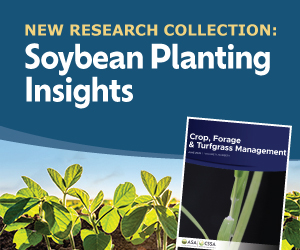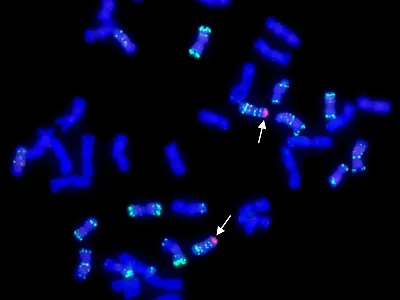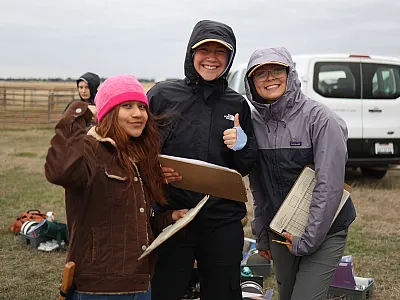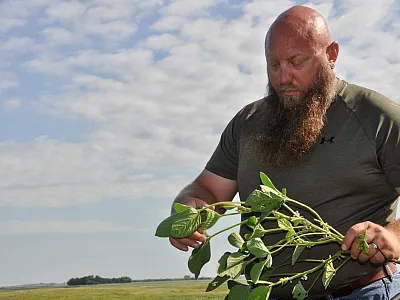Can Cover Crops Improve Soil Health in the Short Term?
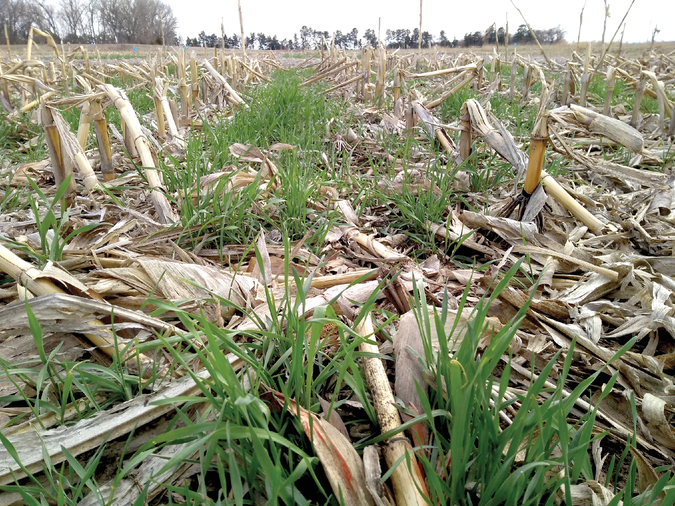
Cover crops are believed to improve soil health and ecosystem services. However, research suggests their impacts on soil physical, chemical, and biological properties can be inconsistent. Duration of management, biomass production, and other factors could affect the extent of soil benefits.
Researchers in Nebraska examined how one cover crop, fall‐planted winter rye, impacted soil health in rainfed and irrigated no‐till corn‐based systems in the western U.S. Corn Belt. After four years, it showed no significant effect on soil properties. However, after eight years, the rye improved indicators of soil health and microbial biomass near the soil surface although water infiltration and retention did not improve. Cover crops increased soil C by 1 Mg ha–1 (0.125 Mg ha–1 yr–1) but only at the rainfed site.
Low cover crop biomass production (< 1 Mg ha–1 yr–1) relative to the high biomass input from corn‐based systems may explain the slow soil response. Overall, a winter rye cover crop can enhance near‐surface soil properties but only in the long term, especially if it produces low amounts of biomass.
Adapted from Blanco‐Canqui, H., Ruis, S. J., Koehler‐Cole, K., Elmore, R. W., Francis, C. A., Shapiro, C. A., Proctor, C. A., & Ferguson, R. B. (2023). Cover crops and soil health in rainfed and irrigated corn: What did we learn after 8 years? Soil Science Society of America Journal, 87, 1174–1190. https://doi.org/10.1002/saj2.20566
Text © . The authors. CC BY-NC-ND 4.0. Except where otherwise noted, images are subject to copyright. Any reuse without express permission from the copyright owner is prohibited.




